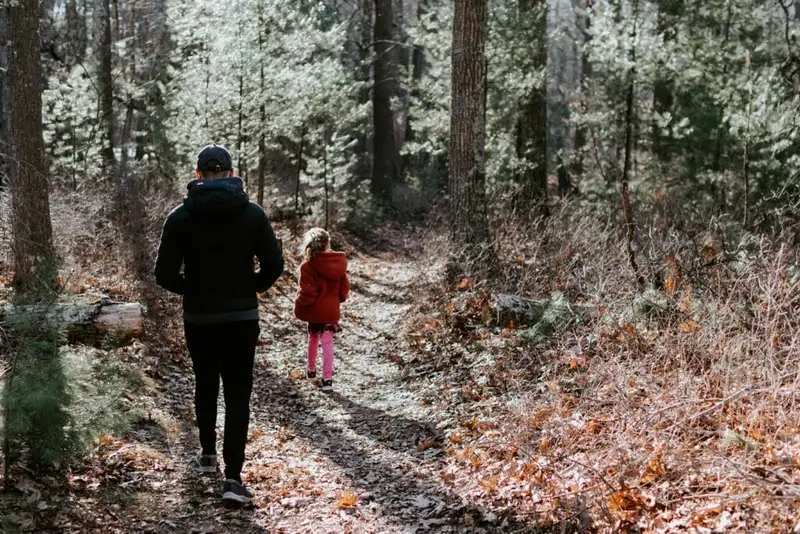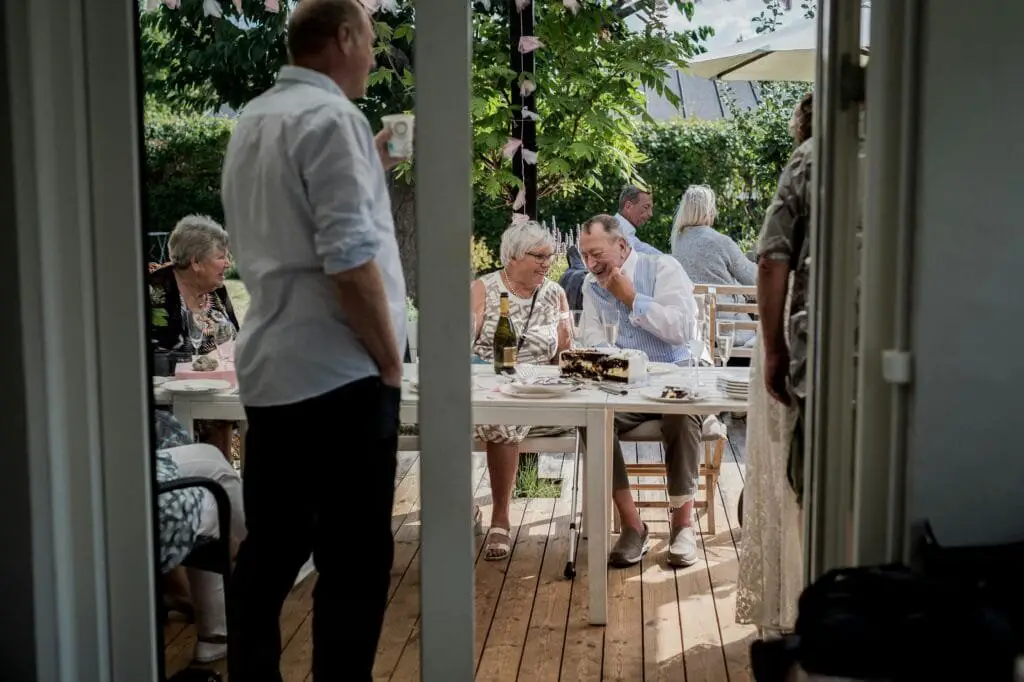Remember when vacation planning meant pulling out an actual paper map from the glove compartment and arguing with your spouse about the best route? Those were the days when spontaneity ruled, when you could hop in your wood-paneled station wagon with the kids in the back (probably without seatbelts) and just drive until you found a motel with a blinking “Vacancy” sign. Before smartphones, before instant bookings, before TripAdvisor reviews—vacations in the 1970s were a beautiful mixture of adventure, patience, and occasional mishaps that somehow turned into the memories we cherish most today.
1. Getting There Was Half the Adventure
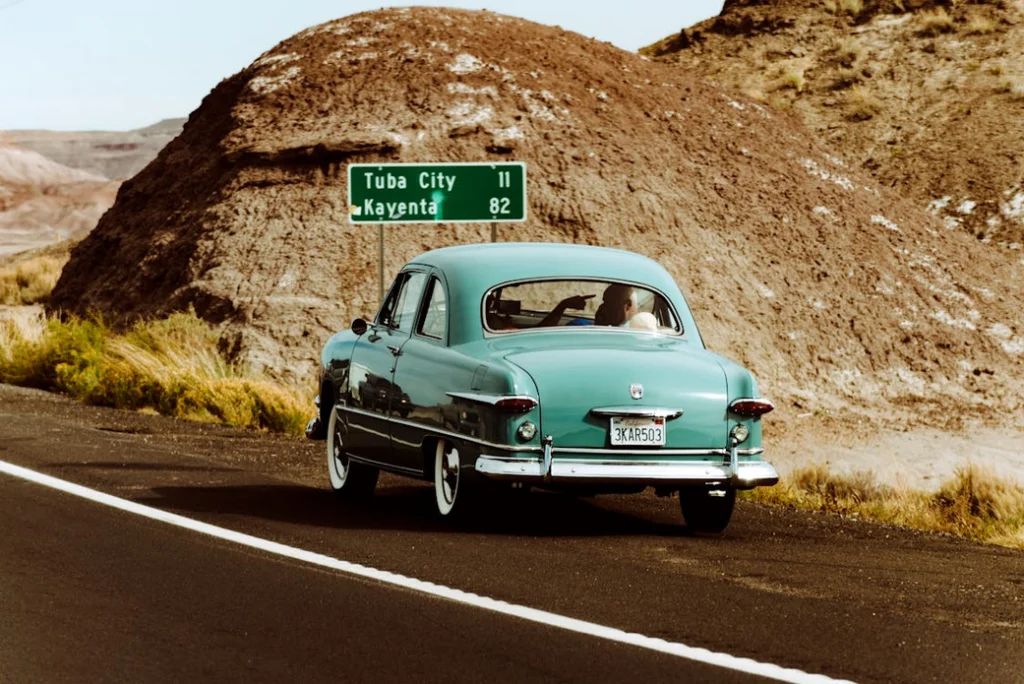
The journey began with Dad unfolding that massive gas station road map across the kitchen table, plotting a route with a highlighter that would inevitably be abandoned by the second day. You’d pack the car the night before—a tetris game of suitcases, coolers, and that one inflatable pool raft your little brother insisted on bringing—while Mom prepared a cooler full of sandwiches wrapped in wax paper. The backseat became a fortress of pillows and toys, a kingdom where siblings drew invisible boundary lines and warned “don’t cross or else.” The Lazy Genius has a list of road trip tips that have been tested by time and miles.
Driving meant playing the license plate game, counting Volkswagen Beetles, and begging to stop at every roadside attraction promising the “World’s Largest” something-or-other. Every two hours, Dad would pull into a service station where an actual attendant would clean your windshield while filling the tank, and you’d dash to those questionably clean restrooms marked “Ladies” and “Gents.” The car’s AM radio would fade in and out between towns, picking up local stations playing America’s Top 40 countdown, the soundtrack to your summertime odyssey.
2. Motel Roulette: No Reservations Required
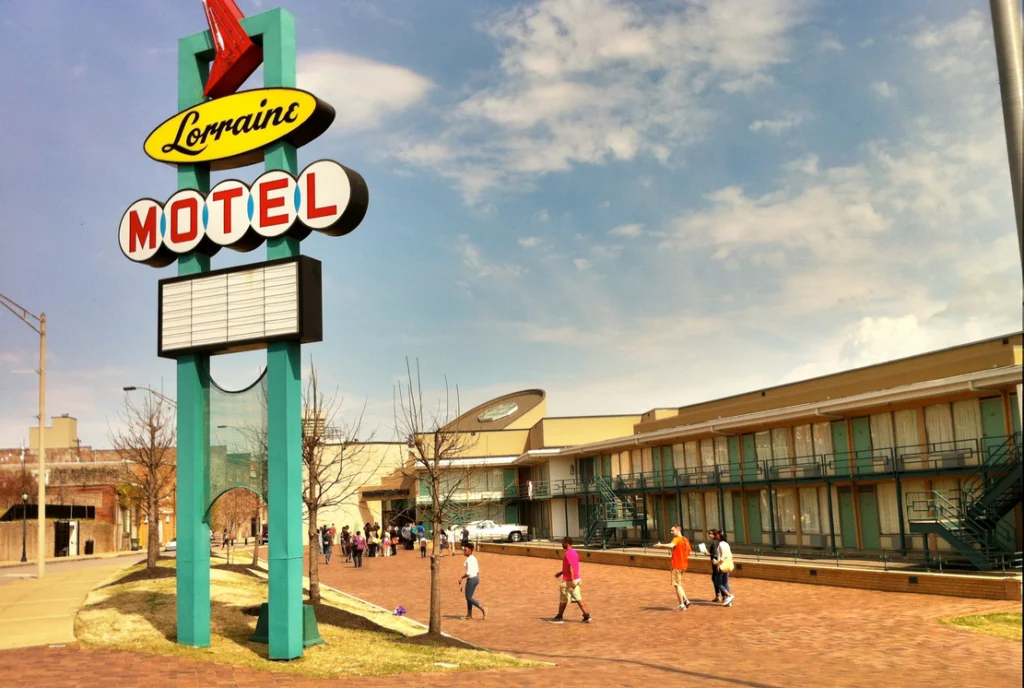
Finding a place to sleep meant cruising down strips of highway at dusk, scanning neon signs for those magical words: “Vacancy” and “Pool.” You’d pull into the gravel parking lot while Dad went into the office to haggle over room rates and ask the all-important question: “Do you have a color TV?” The motels all had those marvelous names—the Stardust, the Blue Swallow, the Thunderbird—promising exotic experiences that usually just meant scratchy bedspreads and paper-thin walls. Smithsonian Magazine has traced the rise and fall of America’s motels.
The kids would immediately run to check out the pool, which was inevitably smaller than it appeared on the highway billboard but still perfectly adequate for cannonball contests. Mom would inspect the bathroom for cleanliness while Dad tested all the lights and the air conditioner that rattled like a freight train but somehow lulled everyone to sleep. The room might have smelled faintly of cigarettes and Pine-Sol, but there was something magical about that little rectangular soap wrapped in paper and the tiny packets of coffee next to that fantastic invention—the in-room percolator.
3. Eating Out Meant Spotting Signs from the Highway
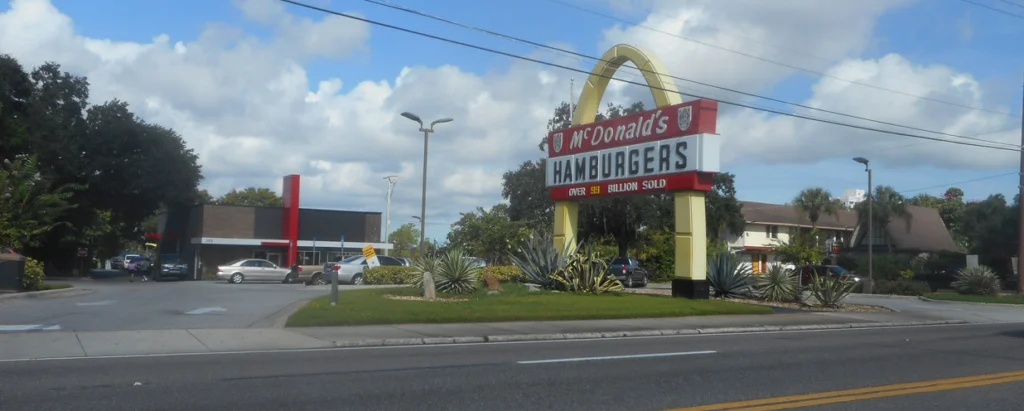
Restaurant selection wasn’t about reading online reviews or checking health department scores—it was about which place had the most cars in the parking lot and the brightest sign visible from the highway. Howard Johnson’s orange roof beckoned like a lighthouse to hungry travelers, promising the comfort of 28 ice cream flavors and clam strips that tasted exactly the same whether you were in Maine or California. The kids would press their faces against the window, counting the number of desserts spinning in the illuminated display case. HowStuffWorks shows that eating options like fast food have quite the sprawling history.
Inside, you’d slide into a vinyl booth, everyone reaching for the laminated menus while Dad reminded everyone to “order something reasonable.” The waitress—always wearing a name tag and often calling you “hon”—would bring crayons for the kids and free refills of coffee for the adults. You never worried about finding kid-friendly options because every restaurant had the same children’s menu—hamburger, hot dog, or grilled cheese, all served with fries and a tiny cup of ice cream with exactly two animal crackers perched on top.
4. Entertaining the Kids Meant Getting Creative
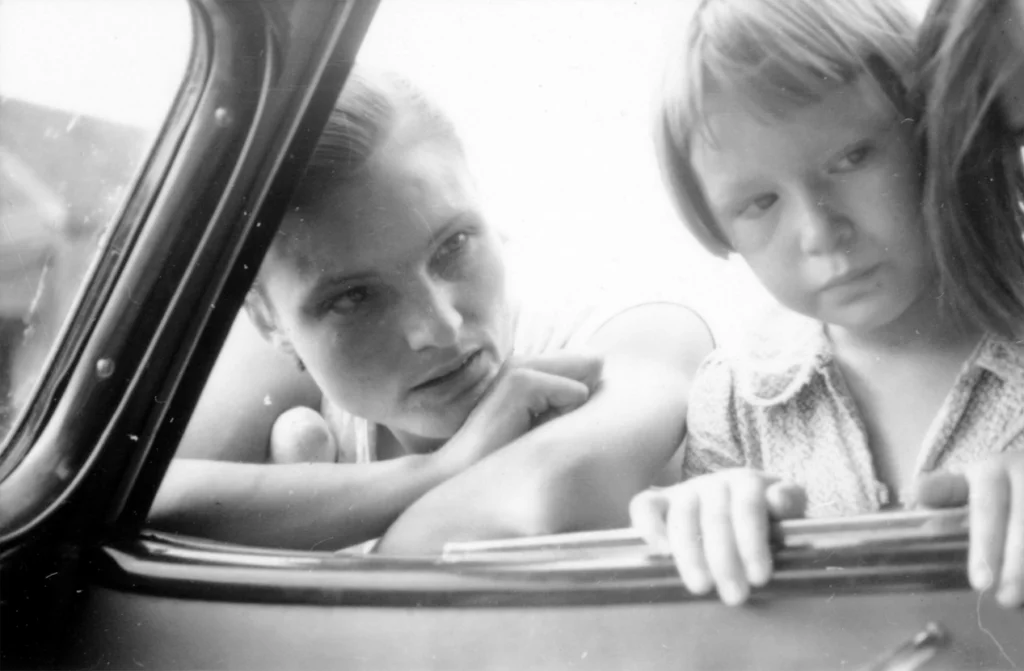
Long before iPads and portable DVD players, keeping children entertained on vacation required ingenuity and the strategic deployment of car games. You’d start with “I Spy,” move on to “Twenty Questions,” and when desperation set in, even “Count the Telephone Poles” seemed like a reasonable activity. Dad would threaten to “turn this car around” at least three times per day, a hollow threat everyone recognized but respected nonetheless.
Rest stops were like oases in the desert, places where kids could run wild for precisely 15 minutes before being corralled back into the car. Mom always packed a Frisbee or a ball that would inevitably roll down an embankment or get left behind on a picnic table. The most coveted activity was walking to the vending machine with a handful of quarters, making the agonizing choice between Cracker Jacks or M&Ms, while parents enjoyed five blessed minutes of quiet conversation.
5. Weather Forecasts Were More Suggestion Than Science
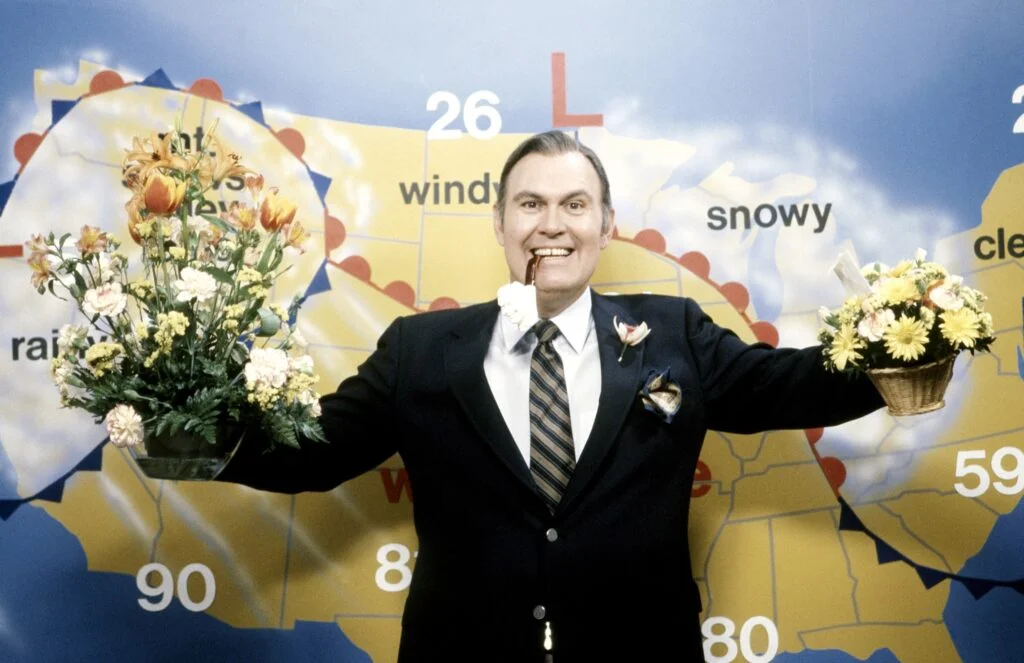
Planning activities around the weather meant looking up at the sky and listening to the static-filled radio announce that there was a “30% chance of scattered showers.” Dad would become an amateur meteorologist, studying cloud formations and confidently announcing, “It’ll blow over,” even as the first fat raindrops splattered the windshield. You always packed for every possibility—swimsuits and sweaters coexisting in the same suitcase.
Rainy days at the beach meant huddling in the motel room playing endless games of Crazy Eights or Monopoly that lasted until someone (usually your sister) flipped the board in frustration. Every family had their own superstitions about how to make the rain stop—wearing pajamas inside out, washing the car, or Mom threatening that “we didn’t drive all this way to sit inside.” Sometimes the best memories came from those improvised rainy-day adventures to local museums or that bowling alley with shoes that never quite fit right.
6. Souvenirs Were Tactile Treasures, Not Instagram Moments
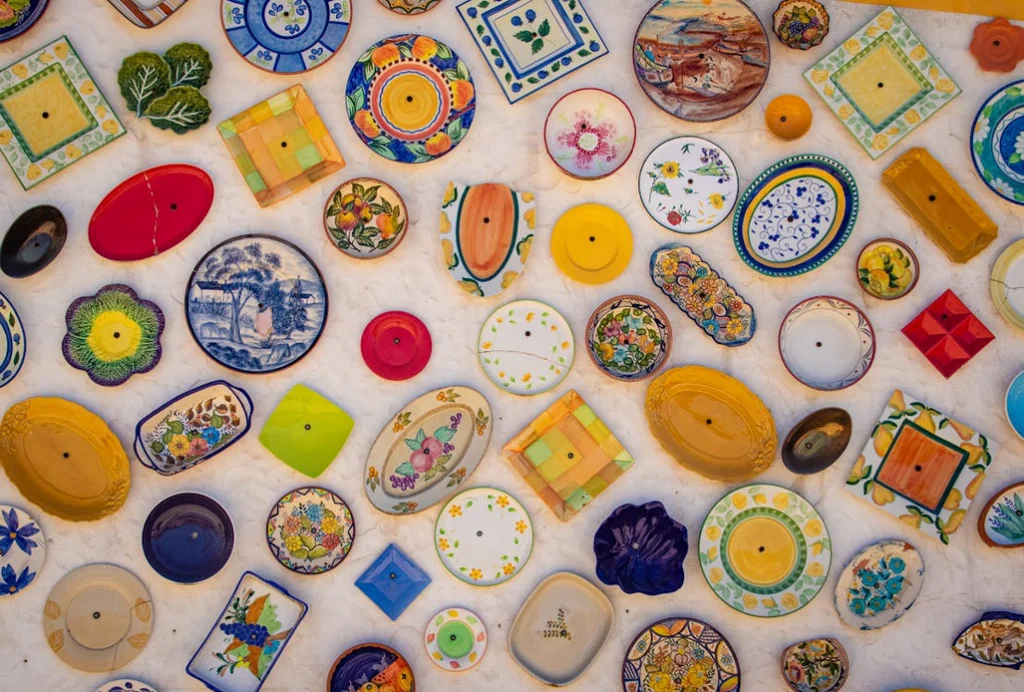
Gift shops were magical emporiums of regional treasures and universal tourist traps, where you’d spend your carefully saved allowance on items that seemed essential in the moment. Parents established a budget early—”Five dollars, spend it wisely”—leading to agonizing decisions between a snow globe, a personalized mini license plate for your bike, or the mother lode: a cedar box with the location burned into the top. The deliberation could take hours as you wandered the aisles touching everything despite Mom’s constant reminder to “look with your eyes, not your hands.”
The car’s trunk gradually filled with these treasures—seashells wrapped in newspaper, rock collections that seemed fascinating on the beach but mysteriously ordinary once you got them home, and t-shirts proclaiming “My Parents Went to [Famous Landmark] and All I Got Was This Lousy T-shirt.” Before digital photography, each photo was precious, carefully rationed because film was expensive and you wouldn’t know if anyone’s eyes were closed until weeks later when you picked up the developed pictures at the drugstore. Those blurry, poorly framed snapshots somehow captured moments more authentically than today’s carefully filtered selfies.
7. Getting Lost Was a Given, Not a Crisis
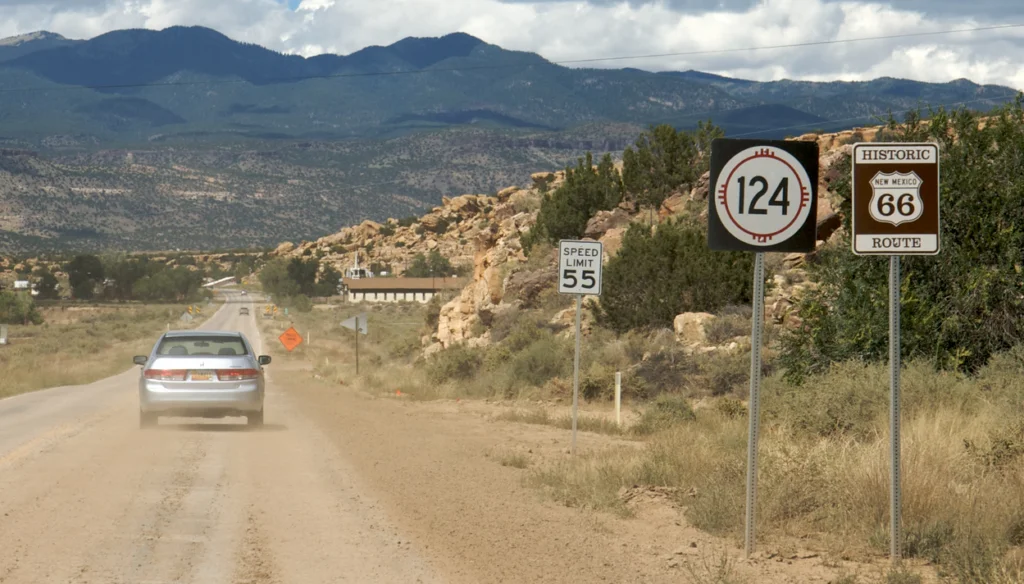
Wrong turns were an expected part of the journey, often leading to unexpected discoveries and family stories that would be retold for decades. Dad would refuse to admit he was lost, insisting he was just “taking the scenic route” while Mom squinted at the map, trying to locate the tiny blue line that might represent the county road they were currently traveling. The backseat chorus of “Are we there yet?” would grow increasingly desperate as familiar landmarks failed to materialize.
Some of the best memories came from these unplanned detours—the world’s best pie at a diner you never would have found otherwise, or the swimming hole where local kids showed you how to swing from a rope tied to an overhanging tree. The concept of a “wrong turn” didn’t really exist in the 1970s travel mindset; there was only the planned route and the adventure that actually happened. Eventually, Dad would pull into a gas station and actually ask for directions—a moment so rare the entire family would fall silent to witness this extraordinary event.
8. Keeping in Touch Meant Postcards and Payphones
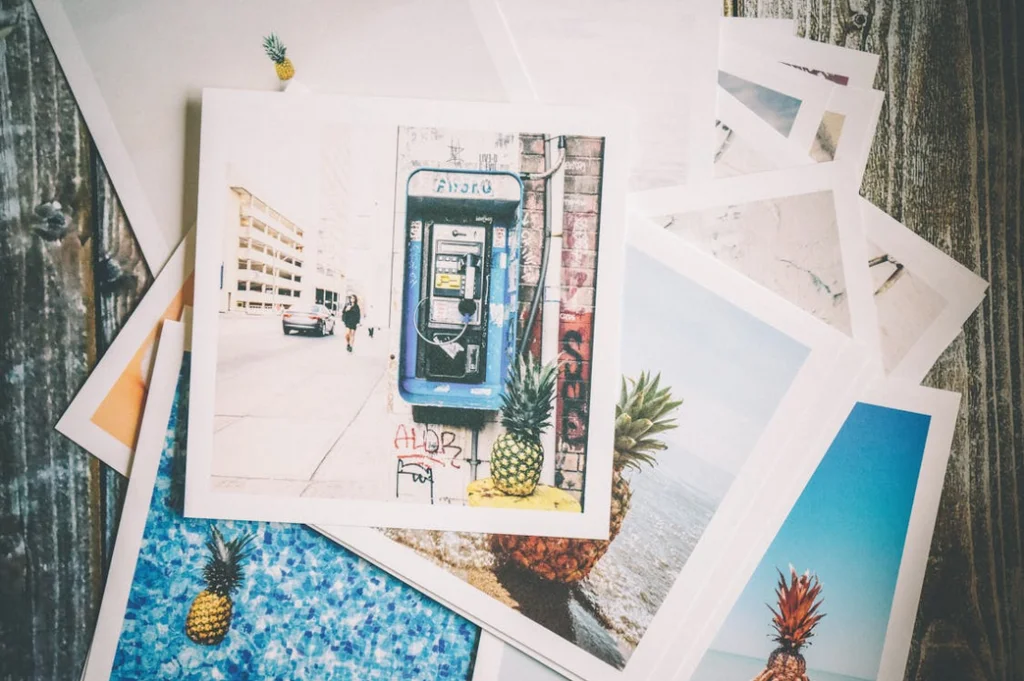
Checking in with grandparents or housesitters required finding a payphone, typically located outside a gas station or in the motel lobby. You’d fish around for quarters while Dad stood with the receiver cradled between ear and shoulder, one finger in the other ear to block out the highway noise. The calls were always brief—”We made it to Colorado, weather’s fine, kids are behaving”—because long-distance calls were expensive and someone was always waiting to use the phone.
Postcards were the social media of the era, carefully selected to show the most impressive view of wherever you’d visited. The whole family would sit at a picnic table or on motel beds, writing messages in tiny, cramped handwriting because space was limited and there were always too many people to greet. “Having a wonderful time, wish you were here” became the standard template, followed by one specific detail like “Jimmy got sunburned” or “The Grand Canyon is bigger than we expected.” You’d mail them knowing they’d likely arrive after you returned home, a delayed broadcast of your adventures.
9. Safety Standards Were… Different
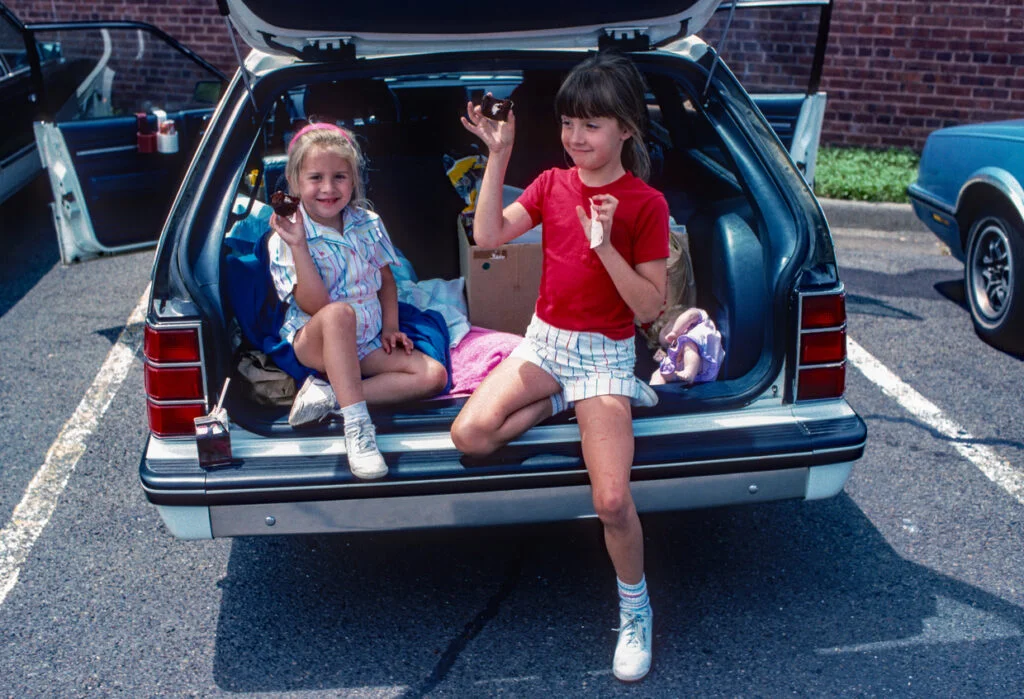
Family station wagons were rolling living rooms where kids sprawled across the back seat, napped on the floor, or—the coveted position—stretched out on that shelf beneath the rear window. Seatbelts were optional accessories often buried between seat cushions, and the concept of car seats was rudimentary at best. Dad would occasionally brake hard just to make sure everyone was “paying attention,” sending an avalanche of toys, books, and snacks flying forward.
Hotel pools rarely had lifeguards, just signs warning “Swim at Your Own Risk” and listing rules that everyone cheerfully ignored. Kids roamed free around vacation destinations, with the only parental guidance being “be back before dark” and “stay where I can see you,” a radius that conveniently expanded or contracted based on how engrossed the adults were in their beach novels. Somehow, despite what today would be considered shocking lapses in supervision, most of us survived to become the helicopter parents of tomorrow.
10. Vacation Photos Were Precious and Rationed
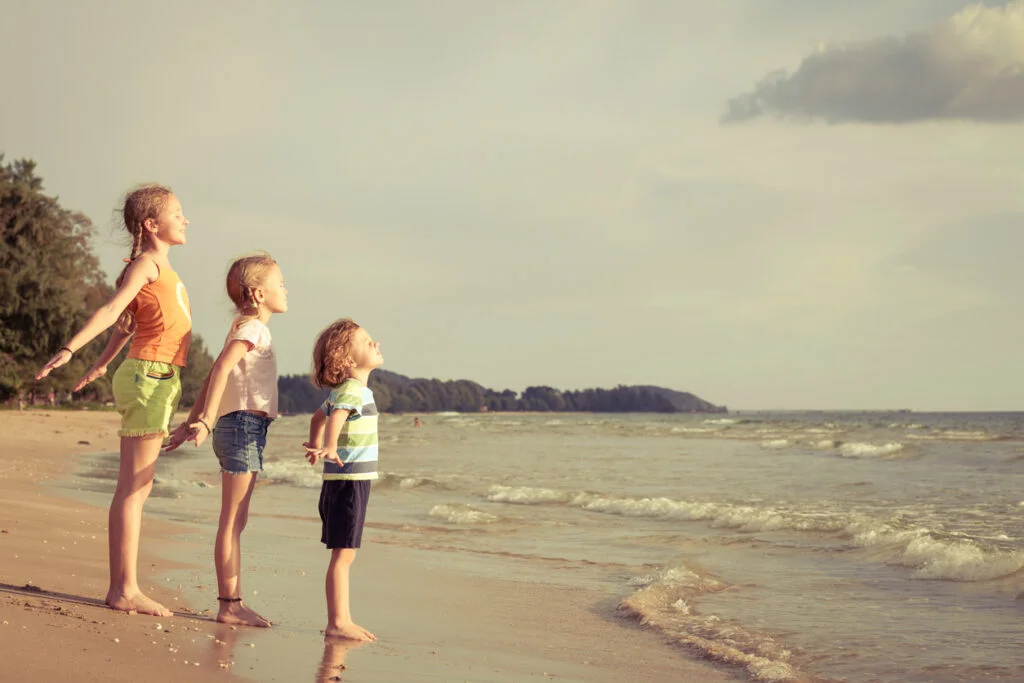
Photography required actual skill and patience, not just the ability to tap a screen and immediately delete unsatisfactory results. Dad was usually the designated family photographer, carefully metering light and framing shots because film was expensive and limited. Every family had to perfect the art of the group self-timer photo—Dad would set the camera, press the button, and sprint into position, inevitably resulting in a collection of photos showing him slightly out of breath and half in frame.
The anticipation of developing vacation photos was a joy that extended the vacation weeks beyond your return. You’d drop off the film at the drugstore, waiting days or even weeks to see if your memories had been accurately captured or if Dad’s thumb had made more appearances than the national monuments. Those square-format photos with the date stamped in the corner captured authentic moments—unflattering swimsuits, sunburned noses, and genuine smiles—that now seem more precious than today’s carefully curated digital albums.
11. Theme Parks Were Simpler but No Less Magical
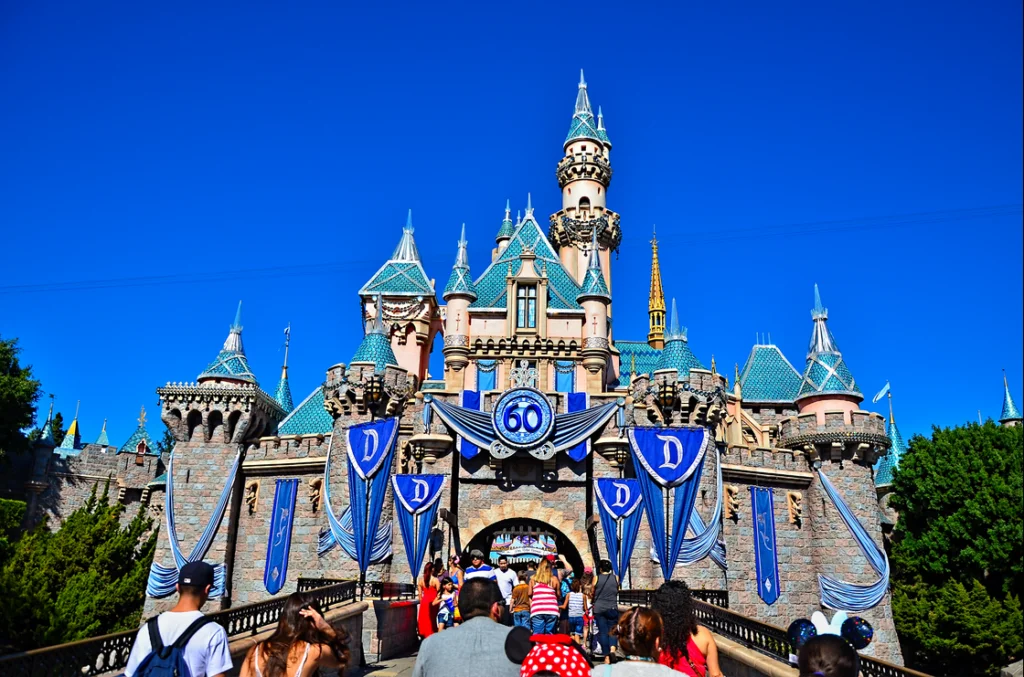
A visit to Disneyland or Six Flags meant walking up to the ticket booth on the day of your visit, with no need for strategizing months in advance. Rides had simple queues where you’d stand in actual lines, talking to your family or making temporary friendships with other kids waiting their turn. There were no Fast Passes, virtual queues, or apps telling you the wait time—you judged the length of the wait by how far the line stretched and committed accordingly.
Inside the park, Mom would establish a meeting point—”the big clock” or “the entrance to Frontierland”—in case anyone got separated from the group. Kids would clutch little paper ticket books, carefully deciding which attractions were worthy of the coveted “E-ticket” designation. Food options were limited to hamburgers, hot dogs, and ice cream bars shaped like famous cartoon characters, with none of the gourmet options available today. Yet somehow, those simple churros and cotton candy tasted better when eaten while watching a parade of characters waving from floats.
12. Coming Home Meant Stories, Not Status Updates
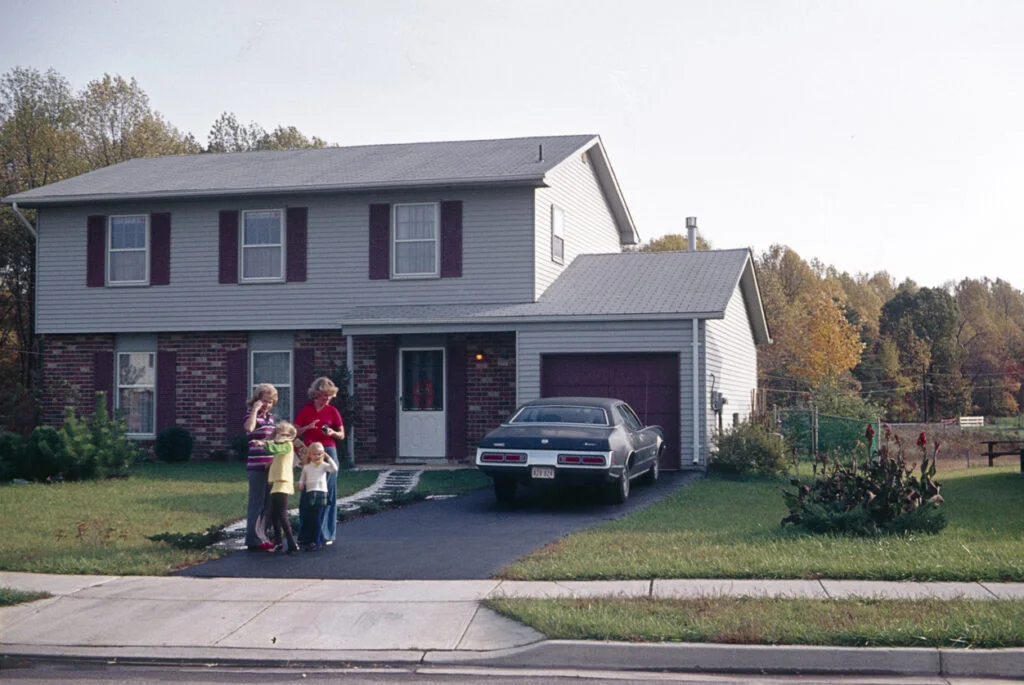
The return from vacation was marked by ritual unpacking, dropping off film to be developed, and the satisfying thud of the mail that had accumulated in your absence hitting the hall floor. Vacation dirt lingered in the car for weeks—bits of sand embedded in the carpet, a forgotten shell discovered under the seat, the lingering smell of suntan lotion that somehow permeated the upholstery. These tangible reminders extended the vacation experience long after you’d returned to normal life.
Sharing vacation stories happened in person, around dinner tables or at backyard barbecues, each family member interrupting to add crucial details the storyteller had omitted. Work colleagues would patiently flip through your photo album during lunch breaks, appropriately admiring scenic vistas and squinting at distant figures you identified as family members. The stories improved with each telling, the minor disasters transforming into favorite memories, the sunburns and arguments fading while the moments of wonder remained crystal clear.
The vacation experiences of the 1970s might seem inconvenient by today’s standards—no GPS, no online reviews, no instant confirmation—but there was magic in the mystery. We weren’t documenting every moment for others to see; we were simply living it. Perhaps what we’re most nostalgic for isn’t the scratchy motel bedspreads or the endless car games, but that sense of being fully present, experiencing each wrong turn and unexpected discovery without the distraction of scrolling through someone else’s vacation while we’re on our own. Maybe the true luxury of those simpler times was the freedom to disconnect completely, with no emails to check or social media to update—just a family, a destination, and the open road.

